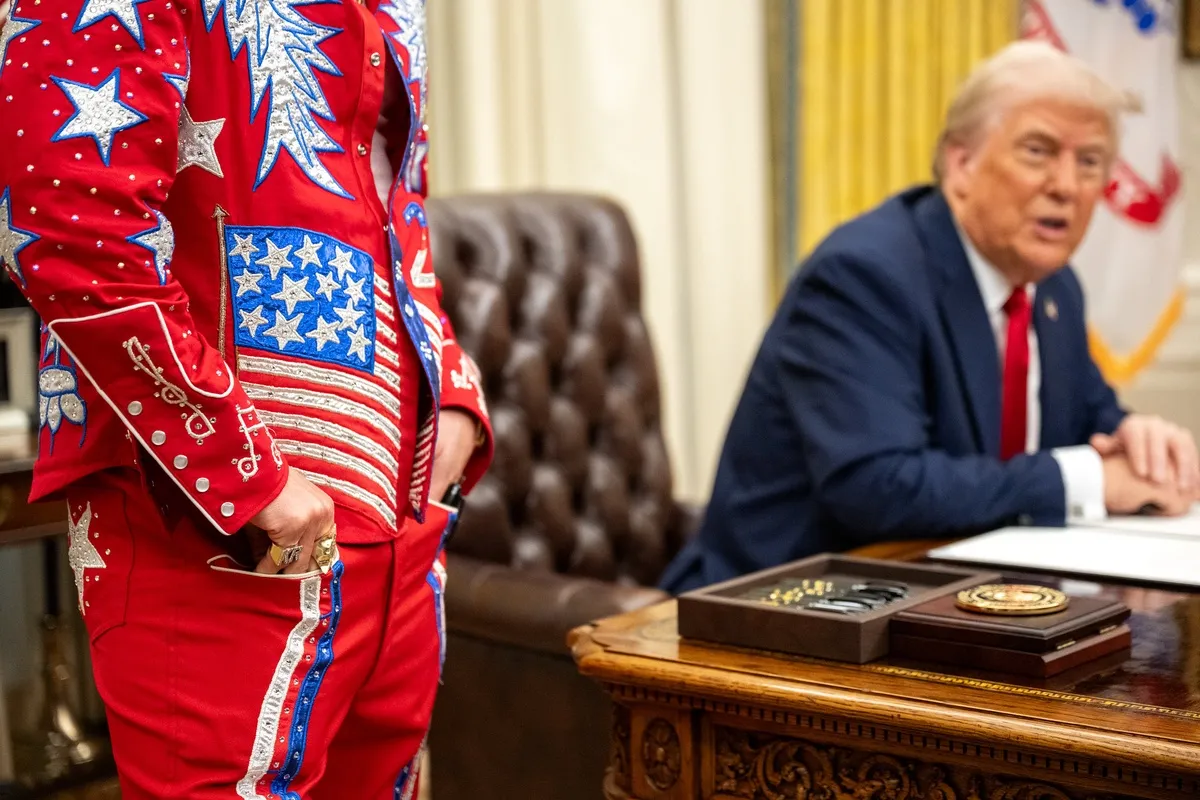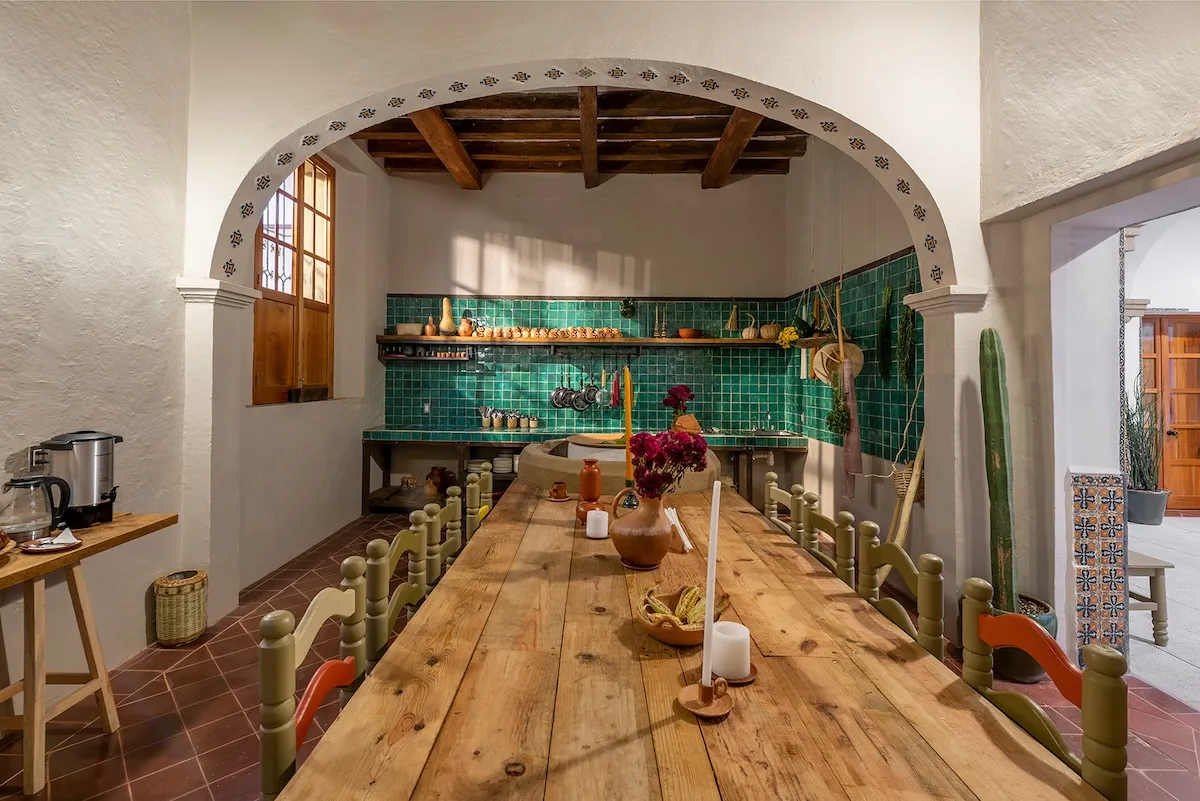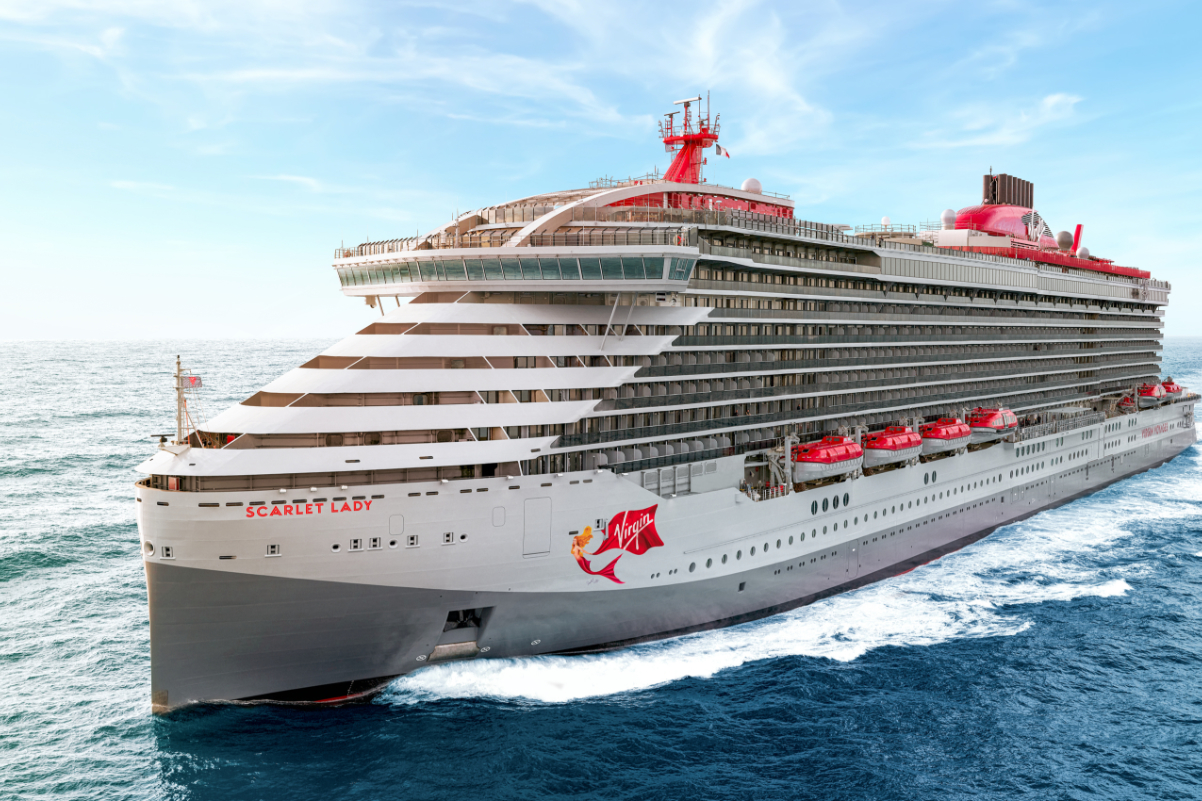Wingstop Adds More Stores But It Really Needs Name Recognition
Skift Take
Wingstop knows it has a brand recognition problem. After yet another successful quarter, the company’s next step is getting its name out there.
The wing restaurant plans to add more stores to its hot markets, such as Los Angeles and New York, as a way to tackle this problem. Coupled with increased advertising spend, the company hopes to close the gap between itself and competitors, eventually turning Wingstop into a household name like Domino's or KFC.
Wingstop added 119 restaurants in 2018, bringing its system-wide total to 1,252. Same-store sales were also up 6.5 percent for the year, marking the chain's 15th straight year of same-store sales growth. Revenue additionally increased 15 percent to $153 million from the year prior. Both Domestic comparable-store sales and revenue in the fourth quarter jumped 6 percent and 15.1 percent, respectively.
“The main objective is to build scale in these markets in order to increase brand awareness at a faster pace,” said Wingstop CEO Charles Morrison on an earnings call with analysts, Wednesday. "Along with this, the brand hopes to 'gain market recognition as a go-to restaurant.'”
Wingstop sees an advantage in bulking up major metropolitan areas, rather than spreading new units across a wider geographic surface. Not only will it be more visible to a receptive market, it will also be more convenient to its customers, making it less likely to lose business to competitors. Within the restaurant industry, this strategy of concentrating stores is called fortressing.
The company has set a long-term goal of 6,000 total restaurants, though it did not give a date for when construction would be completed. Growing sales figures also warrant the chain to take a larger cut of franchisees' profits in the upcoming year, in order to further fund advertising campaigns, according to the company.
Goals for Delivery
In December, Wingstop kicked off an effort to bring delivery nationwide. Currently, 30 percent of its stores offer delivery, but the brand aims to increase that to 50 percent by the end of 2019, and to 80 percent by the end of 2020.
Wingstop did not start offering deliveriy until April 2017, when it first tried it in Las Vegas, before expanding it to nearby cities. The company now has a partnership with DoorDash, and in 2018 rolled out its own delivery system. The average price of a delivery order at Wingstop is $20, which is $5 dollars more than its competitors, it says.




